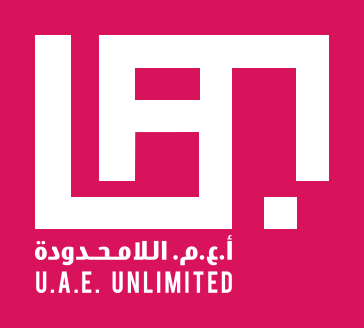You also all share a studio space and a flat. How do you know where the collective ends and you, as individuals, begin?
It’s more of a blurry distinction. Our individual practice feeds the collaborative. Therefore, the collaborative practice doesn’t suppress the individual one, and vice versa.
When we use the word “we”, it doesn’t always refer to the three of us, but to everyone who has collaborated with us on a given project. This can range from family and friends to housekeepers, carpenters, tailors, engineers, artists and everyone else who may have contributed to the work.
In the past nine years that we’ve lived in Dubai, we have developed a space which is a home, studio, library, cinema, research centre and museum, within which we follow a self-designed, malleable discipline focused on finding a new form of togetherness. Our daily life, be it individually or collectively, is an ongoing contemplation on the performance that is created between us in interaction with this space.
You have been living in Dubai throughout a period of rapid artistic and cultural development. What do you think is the best thing about the art scene here and what are its main challenges?
The best thing about our experience here is the forward-looking approach in culture and, consequently, the art scene. In such an environment, art can have an important place in helping to build society, by highlighting the best practices and avoiding some of the mistakes made in the past.
The biggest challenge, as it would be in any other place, is to search not for what fits into what has been predefined as art, but for something that breaks the rules and creates a new understanding of our time.
What has been your experience of living and producing work in Dubai?
We are happy to work in a place where our work is appreciated, and where we can continue our practice without unnecessary disruption.
You are also collectors. What do you like to collect? Do you have any favourite artists?
We collect work that we feel somehow is a representation of who we are at that moment. Some of our favourite artists now are Phyllida Barlow, Augusto Boal, Mieko Shiomi, Robert Filliou and Sonia Boyce.
We’ve also recently bought work by the Polish artist Ewa Partum and the French painter Jean Rustin.
How would you describe your practice in five words?
Being There Together Is Enough.
• The artists would like to thank Mandana Mohit for assisting with the interview
• Ishara: Signs, Symbols and Shared Languages, Concrete, Alserkal Avenue, until 1 April
• Global Art Forum 12 discussion, I Am a Human Artist: Part I, Wednesday 21 March (5.30pm), Fort Island, Madinat Jumeirah
Three key shows





